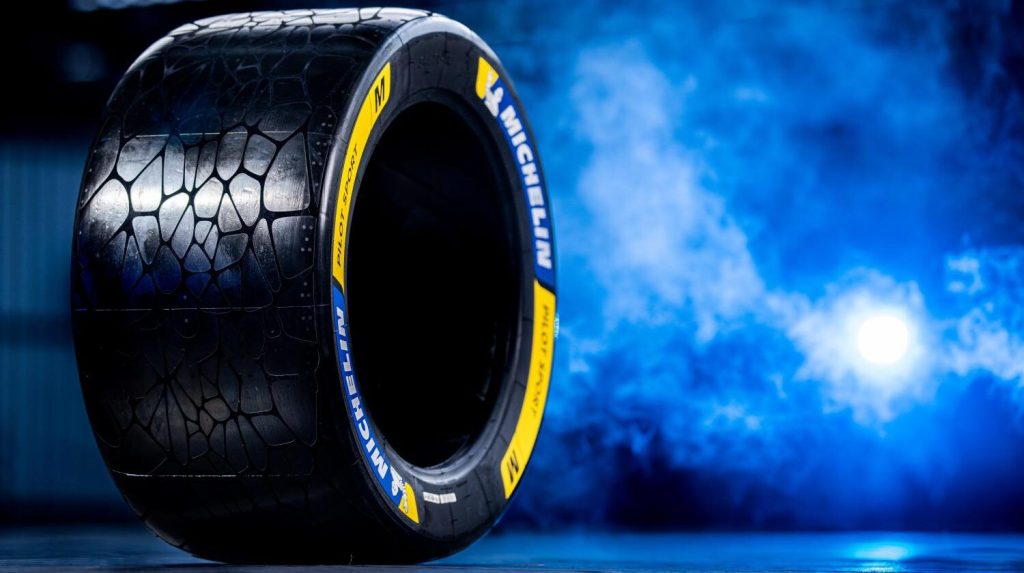

**Lessons Learned from Running a Tire Shop in a Competitive Environment**
Running a tire shop within a competitive landscape brings forth distinct challenges and opportunities. Below are several essential lessons learned from maneuvering through this vibrant industry:
1. **Exceptional Customer Service**: In a landscape where products often overlap, outstanding customer service can serve as a critical differentiator. Cultivating robust relationships with customers through tailored service, prompt communication, and ongoing support after the sale encourages loyalty and repeat clients.
2. **Varied Product Selection**: Providing a broad array of tire brands and types addresses the diverse needs and preferences of customers. Stocking everything from economical choices to high-performance tires ensures you meet the demands across various market segments.
3. **Strategic Pricing Approaches**: Grasping the pricing strategies of competitors is vital. Implementing competitive pricing while ensuring profitability can draw price-conscious customers. Introducing promotions, discounts, or bundled offerings can also boost sales.
4. **Integration of Technology**: Employing technology for inventory management, customer relationship management (CRM), and online sales platforms can optimize operations and improve customer experiences. A digital presence, featuring a user-friendly website and active social media participation, can entice tech-savvy clientele.
5. **Qualified Workforce**: Investing in training and development for staff guarantees they are up-to-date with the latest tire technologies and customer service methods. A proficient workforce improves service quality and operational effectiveness.
6. **Understanding Local Markets**: Being aware of local market trends and customer preferences enables tailored marketing initiatives. Engaging with the community and forming partnerships with local businesses can boost brand visibility and credibility.
7. **Eco-Friendly Practices**: Adopting sustainable practices, such as recycling used tires and providing eco-friendly tire choices, can attract environmentally aware consumers and set the business apart in a saturated market.
8. **Flexibility and Innovation**: The capacity to adjust to evolving market conditions and consumer demands is essential. Staying informed about industry developments and embracing innovations, like mobile tire services or subscription offerings, can deliver a competitive advantage.
9. **Utilizing Customer Feedback**: Proactively gathering and applying customer feedback helps pinpoint areas for enhancement and innovation. Making adjustments based on this feedback can improve customer satisfaction and overall business functions.
10. **Robust Supplier Connections**: Establishing strong connections with suppliers guarantees a consistent supply chain, advantageous pricing, and access to cutting-edge products. This can improve inventory management and enhance customer satisfaction.
In summary, running a tire shop in a competitive environment demands a strategic focus on customer service, product variety, technological integration, and flexibility. By leveraging these lessons, tire shop operators can excel and sustain a competitive advantage in the field.






![Donald Trump Utilizes Armored Golf Cart Called "Golf Force One" [VIDEO]](https://ayuramotors.com/wp-content/uploads/2025/08/donald-trump-utilizes-armored-golf-cart-called-golf-force-one-video-300x169.jpg)